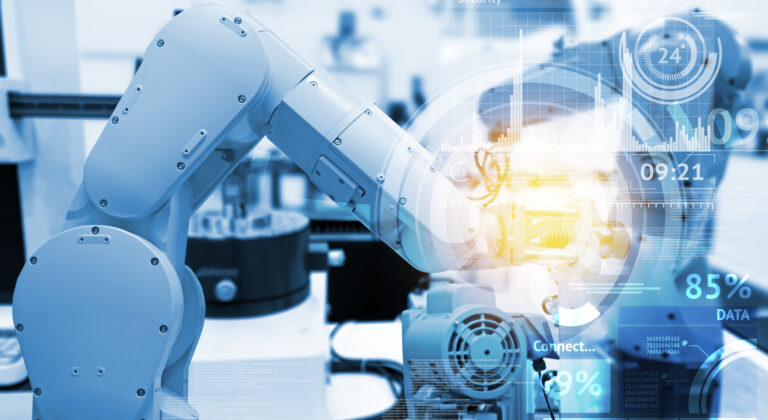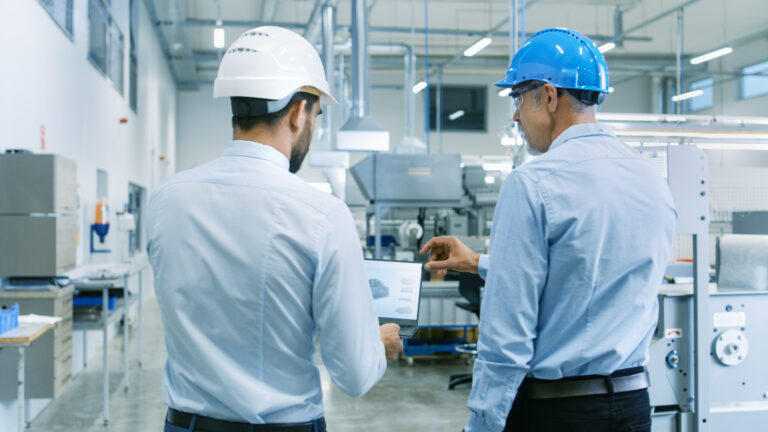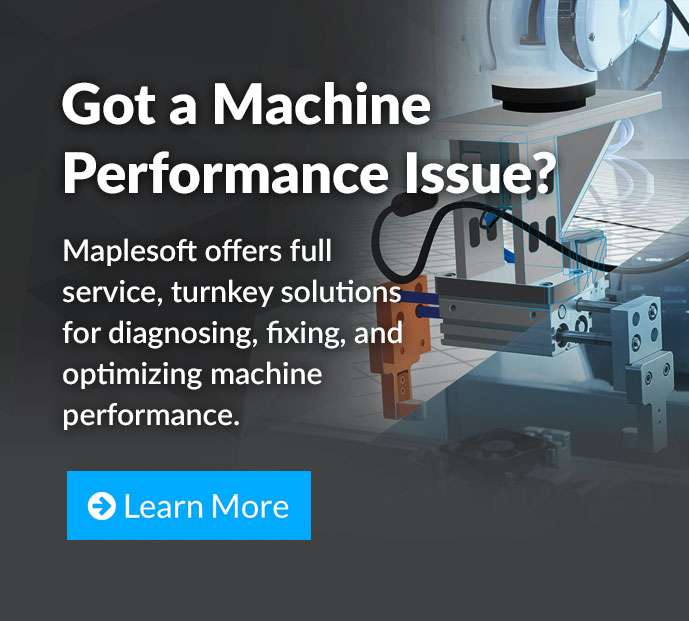
Virtual commissioning is the practice of using simulation and modeling to test and verify new production systems, or proposed changes to existing ones. In virtual commissioning, manufacturers debug the logic and programming of HMI and PLC hardware in a virtual environment before commissioning any physical equipment. This mitigates the risks of revenue loss and prolonged downtime. Manufacturers must focus on two key changes for virtual commissioning initiatives:
The first involves introducing widespread use of 1D system simulations, which assess the operation of the system and provide manufacturers with a safe and virtual place to test and optimize proposed changes. Such analyses transpire during the planning stages. Simulation also enables manufacturers to make better decisions before commissioning any physical equipment. Virtual commissioning begins with the creation of 1D models of the production system. Next, production planners test the models with those of other production systems to ensure the accurate simulation of the manufacturing line, cell, or entire plant. Combining different models guarantees the system’s interoperability and impact on surrounding systems.
The second change involves the progressive replacement or integration of 1D system simulations with the manufacturer’s physical HMIs and PLCs to validate their logic and programming. Here, planners replicate the behavior of one or more pieces of hardware within the software environment and connect it to physical hardware. The goal is to create a virtual environment that mimics the real hardware used in the manufacturing plant, permitting production planners to validate individual parts of the production system long before engineers complete a physical commission.
Changes to Processes
The adoption of virtual commissioning also requires other changes to a manufacturer’s operating procedures. The manufacturer must bring in its production planning team during the early stages of the commissioning process. This entails a cultural shift. Such an up-front investment in the planners’ time pays off in the long term by providing the manufacturer with the means to identify and rectify any issues early. Advocates of virtual commissioning must clearly communicate this benefit to the manufacturer’s executive team to win buy-in.
Early and continuous use of 1D system simulation throughout the development of a manufacturer’s production systems requires more changes. Manufacturers must transform existing workflows and embrace several new processes. In order of implementation, these processes include:
Model-in-the-Loop (MiL)
First, production planners create a digital model of the PLC or HMI software logic. They then connect it to a simulation model of the production cell or line. They run a coupled analysis to determine whether the proposed production system behaves as expected. This process is a completely digital activity. It allows production planners to make informed decisions and optimize the system without the time and expense of physically commissioning any equipment. If the simulation produces an error, they change the logic model and rerun the simulation. The production planner then continues to tweak the model until it generates the right outcome. This digital approach to debugging production systems is a fast and easy virtual verification method that does not require compiling the software.
Software-in-the-Loop (SiL)
Next, production planners verify that the logic in the model is the same once the software is compiled. The code is automatically generated and run on an emulator to mimic hardware in the target HMI or PLC. Planners then test the software within the modeling environment, permitting production planners to develop and verify the software across different, detailed control strategies within a virtual simulation environment. Any errors that do occur were made during the transition from the MiL to SiL stages.
Hardware-in-the-Loop (HiL)
This step enables production planners to verify that the compiled software running on the PLC or HMI controllers still acts as expected, in real-time, when responding to realistic, but virtual, stimuli and scenarios. Production planners also use HiL to determine whether the model of the physical system is valid. This stage pushes the manufacturer closer to physical commissioning and to testing its controller before moving into a live environment. Planners also test for extreme, potentially catastrophic events that are unlikely to occur. These tests allow planners to make mitigation plans for such events, just in case.
Changes to Roles, Skills, and Knowledge
When using virtual commissioning, a manufacturer depends on 1D system simulation to understand the interaction between HMI or PLC logic and the equipment in the production system. This requires a specific skill set in the production planning teams, who must:
- Build, validate and optimize system-level and component-level models;
- Use a range of modeling techniques to increase simulation accuracy;
- Design and conduct suitable tests to validate model predictions; and
- Develop simulation plans to address specific technical issues.
Production planning teams must also work at the intersection of physical and virtual environments. They must connect physical HMI and PLC controllers to the software simulation and tests before moving into a live environment. It is possible that production planning teams already have these skill sets or are closely connected to the organization’s skilled installation teams. Either way, a manufacturer’s production planning team must adopt these skills internally to utilize each virtual commissioning phase and run necessary simulations.
It is unlikely that a manufacturer new to virtual commissioning already employs a workforce that possesses all the required skills and experience. So, any organization adopting a virtual commissioning initiative must acquire workers who possess the skills to fulfill its virtual responsibilities.
Depending on the project requirements, manufacturers may build a proficient workforce in one of several ways. They may train existing production planners, hire new talent, or work with specialist contractors. Permanent hires are a long-term solution, but by using contractors, manufacturers can retain the flexibility to source the right skills at the right time.







